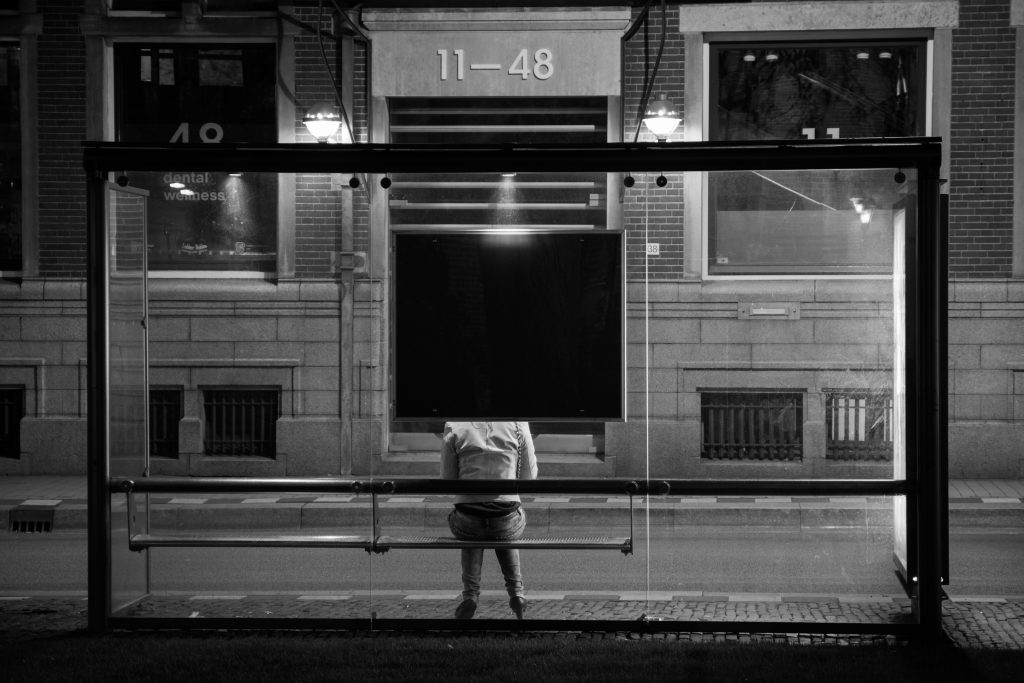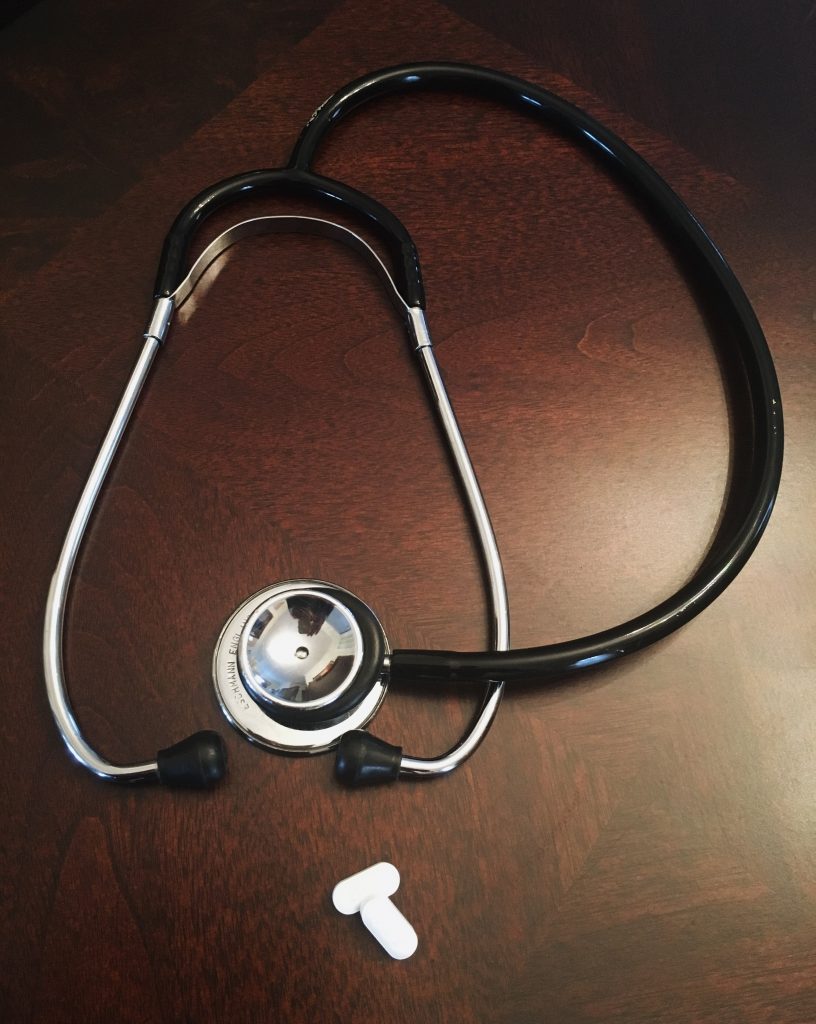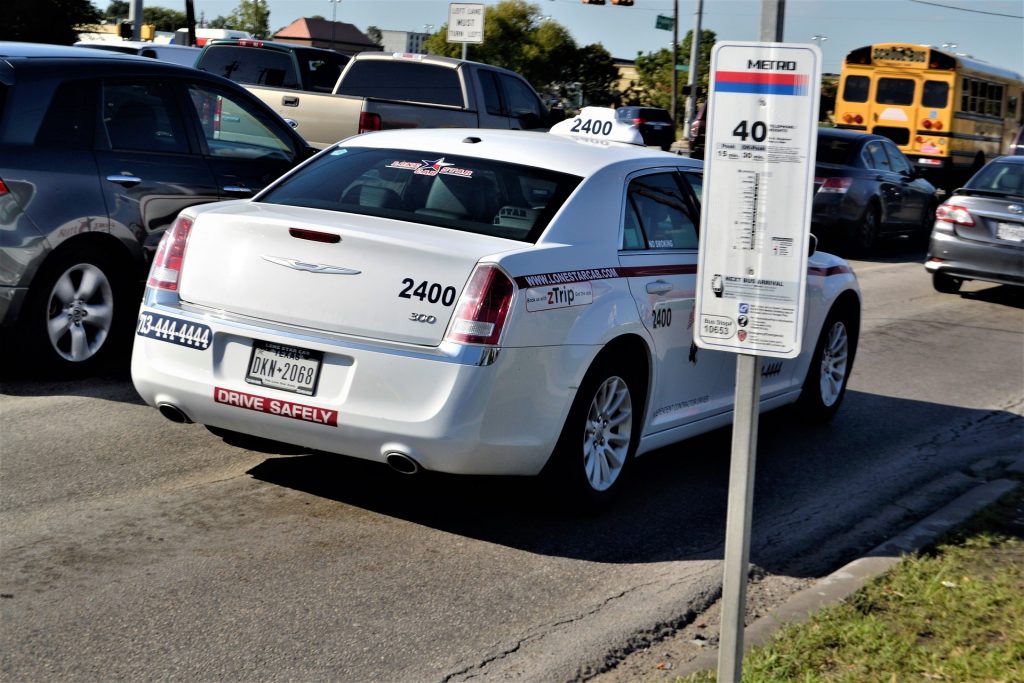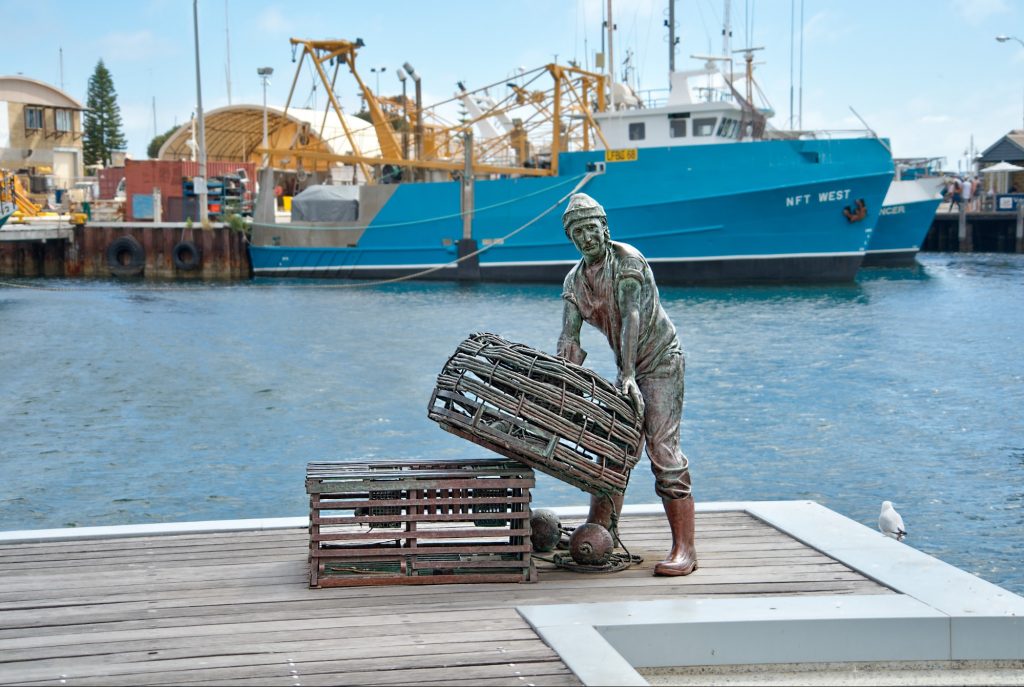 Car accidents are always stressful, even if they are minor accidents and no one gets hurt. However, when you have multiple accidents within moments of each other and someone is seriously injured, or killed, things turn serious. And when things turn serious, you will want an experienced attorney at your side.
Car accidents are always stressful, even if they are minor accidents and no one gets hurt. However, when you have multiple accidents within moments of each other and someone is seriously injured, or killed, things turn serious. And when things turn serious, you will want an experienced attorney at your side.
Mr. Davis was operating a tractor-trailer on the Atchafalaya Basin Bridge when he noticed a collision that had recently occurred between a Ford pickup truck and a U.S. Xpress, Inc. tractor-trailer. There were no emergency personnel, signs, or warnings of the accident. As Davis came to a stop he was struck from behind by the defendant, Mr. Scott, who was driving a vehicle owned by Service Transport. After being struck by Scott, Davis’ vehicle thrust forward and hit the Ford pickup. Scott then exited his vehicle and found the driver of the pickup, Jonas Richmond, deceased near Davis’ trailer axle.
Davis filed suit, naming Scott, Service Transport, and the insurer of Service Transport, National Interstate Insurance Company, as defendants. Davis claimed he was entitled to damages from mental anguish and emotional distress due to the death of Mr. Richmond. The defendants argued that Davis is not entitled to damages because he was not directly involved in the incident that caused the injury and resulting death of Mr. Richmond.
 Louisiana Personal Injury Lawyer Blog
Louisiana Personal Injury Lawyer Blog


 A car accident is difficult to manage even when it is just a simple fender-bender. Imagine a situation where the accident is so complex that multiple companies are involved, and those companies begin filing crossclaims amongst each other. The suit can quickly get bogged down and complicated. This is exactly what happened to a family driving in St. Tammany Parish.
A car accident is difficult to manage even when it is just a simple fender-bender. Imagine a situation where the accident is so complex that multiple companies are involved, and those companies begin filing crossclaims amongst each other. The suit can quickly get bogged down and complicated. This is exactly what happened to a family driving in St. Tammany Parish. No one likes running errands – especially when you experience bad customer service. However, when bad customer service possibly leads to an assault, how liable is the company? This is a question the Court of Appeal Fourth Circuit of the State of Louisiana recently answered.
No one likes running errands – especially when you experience bad customer service. However, when bad customer service possibly leads to an assault, how liable is the company? This is a question the Court of Appeal Fourth Circuit of the State of Louisiana recently answered. Medical malpractice cases often involve complicated medical issues that can require expert testimony in order to prevail in a lawsuit. Although it is easy to become confused or distracted by the complexity of the issues, it is essential to understand and provide the required expert testimony.
Medical malpractice cases often involve complicated medical issues that can require expert testimony in order to prevail in a lawsuit. Although it is easy to become confused or distracted by the complexity of the issues, it is essential to understand and provide the required expert testimony.  When an unexpected accident occurs, it can be difficult to pinpoint exactly who is responsible for the injury. In the absence of direct evidence of a violation of a duty, the existence of multiple possible parties who might be responsible can preclude recovery.
When an unexpected accident occurs, it can be difficult to pinpoint exactly who is responsible for the injury. In the absence of direct evidence of a violation of a duty, the existence of multiple possible parties who might be responsible can preclude recovery.  Many workers hope that, should they be injured on the job, financial protections are in place to ensure that they have plenty of time to recover before going back to work. The protections are often in the form of workers’ compensation payments. However, these protections will not protect an injured worker indefinitely. Should a doctor find that a worker is fit enough to return to the job, the employer has the right to fire an employee that refuses to return to work. It is important to understand when an injured worker is required to return to the job and what needs to be proven to extend the payment period.
Many workers hope that, should they be injured on the job, financial protections are in place to ensure that they have plenty of time to recover before going back to work. The protections are often in the form of workers’ compensation payments. However, these protections will not protect an injured worker indefinitely. Should a doctor find that a worker is fit enough to return to the job, the employer has the right to fire an employee that refuses to return to work. It is important to understand when an injured worker is required to return to the job and what needs to be proven to extend the payment period. The doctrine of peremption can prevent someone from bringing legal action against someone should that action be brought after a certain amount of time. Peremption is a period of time fixed by law for the existence of a right.
The doctrine of peremption can prevent someone from bringing legal action against someone should that action be brought after a certain amount of time. Peremption is a period of time fixed by law for the existence of a right. The strip of grass between the street and the sidewalk seems harmless enough. Yet, when negligently maintained, it can pose a danger to the public. The case that follows helps determine who should be liable for such a defect when an injury occurs on that piece of property.
The strip of grass between the street and the sidewalk seems harmless enough. Yet, when negligently maintained, it can pose a danger to the public. The case that follows helps determine who should be liable for such a defect when an injury occurs on that piece of property. Guardrails serve a life-saving function on our roads. Their placement on dangerous curves or in front of bodies of water can turn a deadly accident into a routine fender bender. Unfortunately, guardrails cannot be on every section of road. Local and state government agencies are only obligated to place them where they can prevent foreseeable accidents from happening. But, some situations are nearly impossible to predict, especially in cases where the vehicle was not following the road for a long period of time before the accident. With the help of an excellent attorney, St. Charles Parish was able to avoid liability to an injured driver after one of these unpredictable situations.
Guardrails serve a life-saving function on our roads. Their placement on dangerous curves or in front of bodies of water can turn a deadly accident into a routine fender bender. Unfortunately, guardrails cannot be on every section of road. Local and state government agencies are only obligated to place them where they can prevent foreseeable accidents from happening. But, some situations are nearly impossible to predict, especially in cases where the vehicle was not following the road for a long period of time before the accident. With the help of an excellent attorney, St. Charles Parish was able to avoid liability to an injured driver after one of these unpredictable situations. Providing preferential seating to disabled customers is a great service most businesses provide. This also means that the wheelchairs, walkers, and other items the disabled customers must be stored in areas that provide a safe walking environment for other customers. The controversy surrounding where it is proper or improper to put these items was illustrated in a case where a Baton Rouge Casino was sued by a woman who tripped over the walker of a disabled customer. With the help of an excellent attorney, the Casino was able to prove it seated a disabled gentleman properly when the woman sued the casino after her fall.
Providing preferential seating to disabled customers is a great service most businesses provide. This also means that the wheelchairs, walkers, and other items the disabled customers must be stored in areas that provide a safe walking environment for other customers. The controversy surrounding where it is proper or improper to put these items was illustrated in a case where a Baton Rouge Casino was sued by a woman who tripped over the walker of a disabled customer. With the help of an excellent attorney, the Casino was able to prove it seated a disabled gentleman properly when the woman sued the casino after her fall.